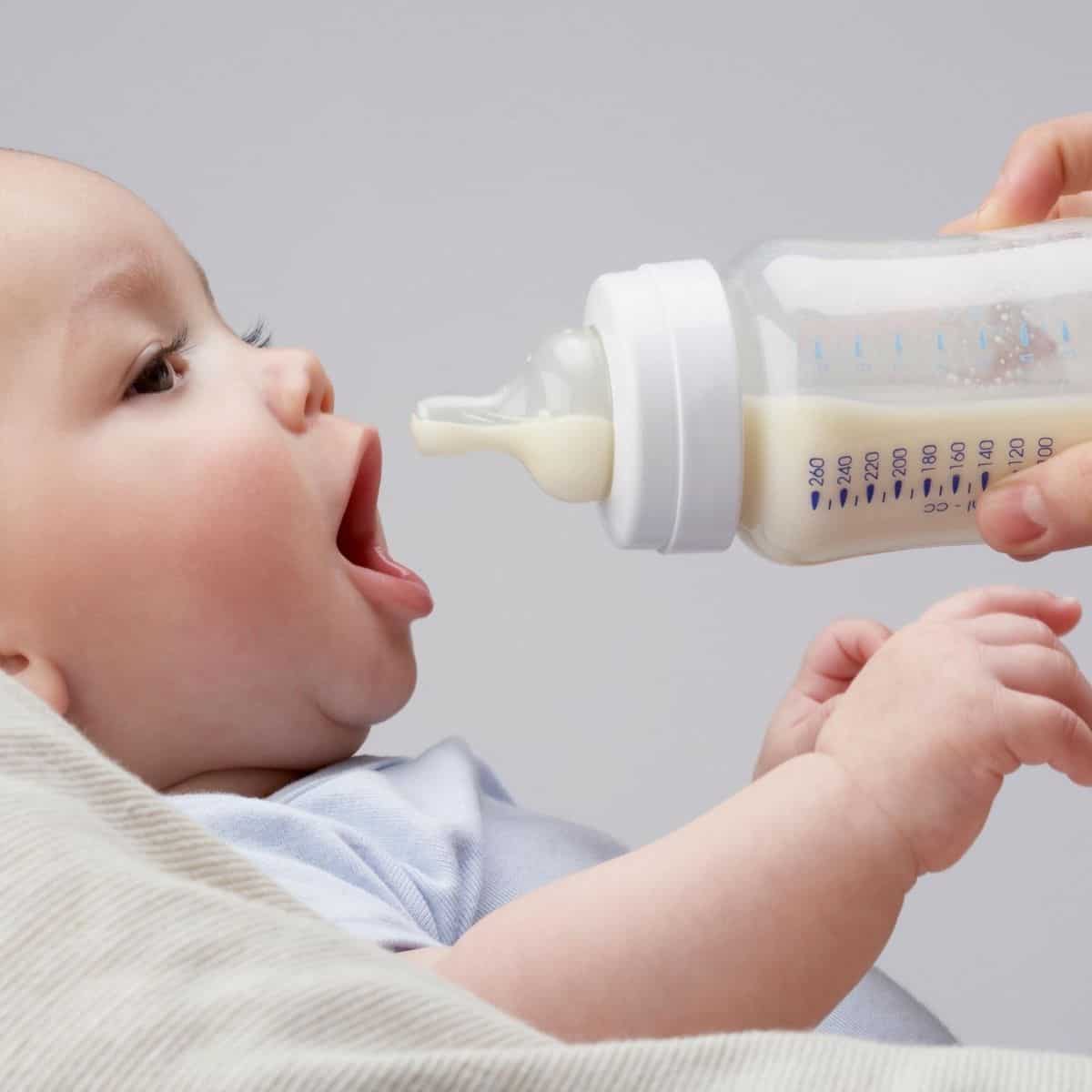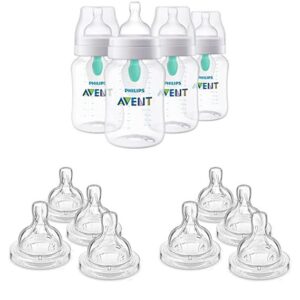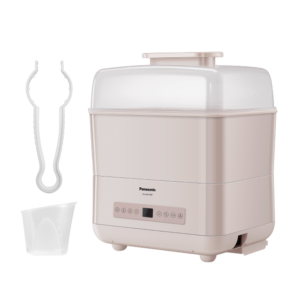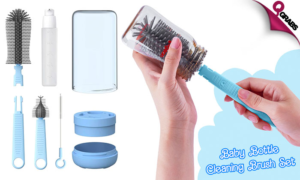Choosing the right feeding bottle for your newborn is a crucial decision that can impact their feeding experience and overall well-being. With countless options available, it can be overwhelming to determine which bottle is best suited for your baby. This guide will walk you through the key factors to consider when selecting a feeding bottle, ensuring that you make an informed choice for your little one.
1. Material
The material of the feeding bottle plays a significant role in safety, durability, and ease of cleaning. Here are the common materials used in baby bottles:
- Plastic:
- Pros: Lightweight, shatterproof, and affordable.
- Cons: Needs to be replaced more frequently due to wear and potential chemical leaching if not BPA-free.
- Tip: Always choose BPA-free plastic bottles to avoid harmful chemicals.
- Glass:
- Pros: Free from harmful chemicals, easy to clean, and durable.
- Cons: Heavier and can break easily if dropped.
- Tip: Look for tempered glass bottles that are more resistant to breaking.
- Stainless Steel:
- Pros: Highly durable, chemical-free, and often come with thermal insulation.
- Cons: More expensive and heavier than plastic.
- Tip: Ensure the bottle is food-grade stainless steel.
- Silicone:
- Pros: Soft, flexible, and chemical-free.
- Cons: Can be more expensive and not as widely available as other options.
- Tip: Make sure the silicone is medical-grade for safety.
2. Nipple Type and Flow
The nipple is a critical component as it affects the baby’s latch and the flow of milk. Consider the following:
- Material:
- Silicone Nipples: Durable, maintain shape well, and less likely to harbor bacteria.
- Latex Nipples: Softer and more flexible but can wear out faster and may cause allergies.
- Shape:
- Standard Nipples: Mimic the shape of a natural breast, suitable for most babies.
- Orthodontic Nipples: Designed to support proper oral development.
- Wide-Neck Nipples: Closer to the natural breast shape, which can be beneficial for breastfeeding mothers transitioning to bottle feeding.
- Flow Rate:
- Slow Flow: Ideal for newborns to prevent choking and overfeeding.
- Medium Flow: Suitable for older infants who can handle a faster flow.
- Fast Flow: For older babies who can manage a quicker milk flow.
3. Anti-Colic Features
Many babies suffer from colic, which can be exacerbated by swallowing air during feeding. Look for bottles with anti-colic features:
- Venting Systems: Bottles with internal venting systems can help reduce air intake and minimize gas, colic, and spit-up.
- Angled Bottles: These bottles help keep the nipple full of milk, reducing the amount of air your baby swallows.
4. Ease of Cleaning
Keeping feeding bottles clean is essential to prevent bacteria build-up. Consider bottles that are easy to clean:
- Wide-Neck Bottles: Easier to clean as you can reach all areas with a brush.
- Dishwasher Safe: Bottles that can be cleaned in the dishwasher save time and ensure thorough cleaning.
- Fewer Parts: Bottles with fewer parts are easier to assemble and clean.
5. Size and Capacity
Newborns typically need smaller bottles, but as they grow, their needs will change:
- Small Bottles (2-4 oz): Perfect for newborns who take smaller amounts of milk.
- Medium Bottles (5-8 oz): Suitable for older infants.
- Large Bottles (9-12 oz): Ideal for babies who consume larger quantities of milk.
6. Compatibility with Breastfeeding
If you are breastfeeding and plan to use bottles for expressed milk, consider bottles that mimic breastfeeding:
- Breast-like Nipples: Help ease the transition between breast and bottle.
- Pumping Compatibility: Some bottles can attach directly to breast pumps, reducing the need to transfer milk.
7. Additional Features
Certain features can enhance the feeding experience:
- Measurement Markings: Clear and accurate measurement markings help ensure your baby gets the right amount of milk.
- Grip and Design: Bottles with ergonomic designs or textured surfaces can be easier for both you and your baby to hold.
- Temperature Indicators: Some bottles have built-in temperature indicators to ensure milk is at a safe feeding temperature.
Top Recommended Feeding Bottles
Based on the factors above, here are some highly recommended feeding bottles:
1. Dr. Brown’s Natural Flow Original Bottle
Features:
- Internal vent system to reduce colic, spit-up, burping, and gas.
- BPA-free plastic.
- Narrow and wide-neck options.
- Dishwasher safe.
Why It’s Great:
- The patented vent system is highly effective at reducing air intake, making it a popular choice for colicky babies.
2. Philips AVENT Natural Baby Bottle
Features:
- Wide, breast-shaped nipple for natural latch.
- Anti-colic valve integrated into the nipple.
- BPA-free plastic.
- Easy to clean with fewer parts.
Why It’s Great:
- The wide nipple design makes it an excellent choice for breastfeeding mothers transitioning to bottle feeding.
3. Comotomo Baby Bottle
Features:
- Ultra-wide neck design for easy cleaning.
- Soft, skin-like silicone material.
- Dual anti-colic vents.
- Dishwasher and microwave safe.
Why It’s Great:
- The soft, squeezable body and wide neck make it a favorite among parents for its ease of use and cleaning.
4. Tommee Tippee Closer to Nature Bottle
Features:
- Breast-like nipple shape for easy latch-on.
- Anti-colic valve in the nipple.
- BPA-free plastic.
- Ergonomic design for easy holding.
Why It’s Great:
- The breast-like nipple shape is ideal for mixed feeding, and the ergonomic design makes it easy to hold.
Choosing the best feeding bottle for your newborn involves considering various factors such as material, nipple type, anti-colic features, ease of cleaning, size, and compatibility with breastfeeding. By evaluating these elements and understanding your baby’s needs, you can select a bottle that ensures a comfortable and safe feeding experience. Top-rated options like Dr. Brown’s Natural Flow, Philips AVENT, Comotomo, and Tommee Tippee provide excellent choices for different preferences and requirements. Invest in the right feeding bottle to support your newborn’s health and happiness.




